However, it’s not always clear that going beyond just “expressing” value for safety is expected on all levels. Here are some self-reflective questions you can ask yourself to keep your company in safety check.
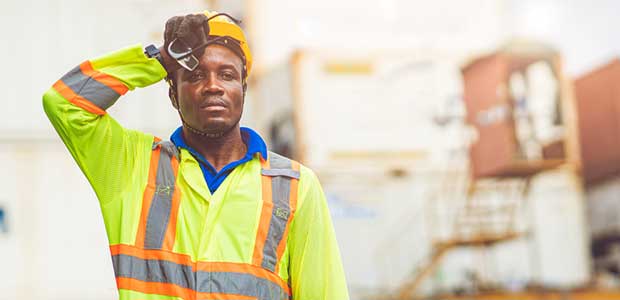
Today, July 31, 2020, is National Heatstroke Prevention Day. Many people and children die each year in hot cars—here are some ways you can prevent an accident in the heat.
Many employers are preparing to have team members return to worksites as stay-at-home orders and restrictions ease, and here are some safety tips to keep in mind.
The oil and gas industry, and all of its sub-industries, needs to consider the varying job functions and associated risks for workers contracting COVID-19. OSHA’s guidance page helps employers understand the job risks, cautions and appropriate protocol for protecting workers from the virus.
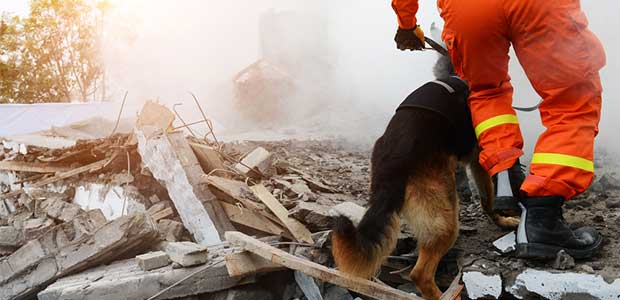
The National Resource Defense Council (NRDC) just released a report that argues how climate disruption is a growing danger to the health of indoor and outdoor workers. Read what the NRDC and researchers have to say.

Of course, the coronavirus pandemic has required employers everywhere to rethink the safety of their employees on a number of levels. However, many do not realize that mental health is a big part of worker health and safety.
The Canadian Centre for Occupational Health and Safety (CCOHS) is inviting women enrolled in post-secondary education who are pursuing careers in the field of occupational health and safety to apply for the Chad Bradley Scholarship Award.
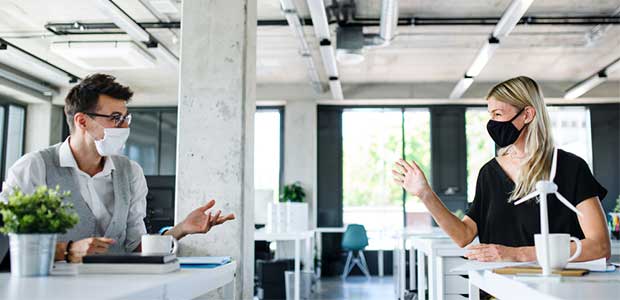
A recent article from the Los Angeles Times uses California workplaces and regulations to answer the question of ‘what makes a workplace safe?’ The answer involves a comprehensive, holistic approach to a healthy, safe workforce.
NIOSH and the CDC discuss the burden many healthcare workers face with prolonged use of PPE during long shifts. If your workers are required to wear PPE for long periods of time, be aware of these side effects and tips on how to mitigate harm.
On July 26, the United States will recognized the 30-year-anniversary of the landmark Americans with Disabilities Act of 1990 (ADA).
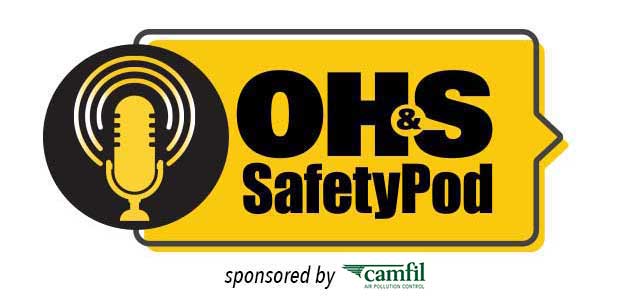
Episode 19
OH&S Editor Sydny Shepard discusses analyzing, studying and controlling hazardous dusts with Camfil APC's Jon Ladwig.
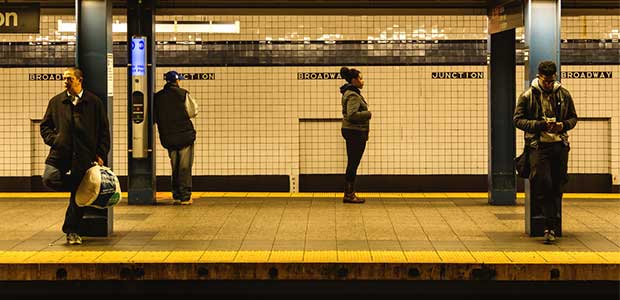
New York University’s School of Global Health to study the physical and mental health impact of COVID-19 on transit workers.
Many businesses in America are beginning to reopen or thinking about reopening. However, your employer should ensure he or she is making the following precautionary, coronavirus steps before operating as usual.
OSHA has cited healthcare company OHNH EMP LLC for violating respiratory protection standards following an inspection after the company reported the coronavirus-related hospitalization of seven employees.
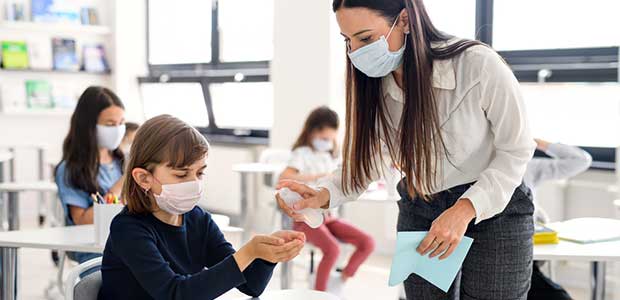
As fall quickly approaches and schools consider reopening, many wonder if teachers can be considered essential, front-line workers. Traditionally, teachers have not been considered “essential,” but that might be changing.
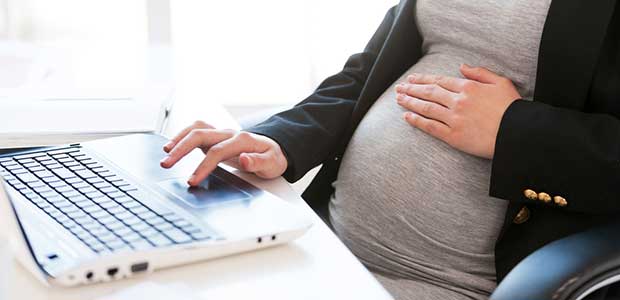
Pregnancy discrimination in the workplace—direct or indirect—can have effects on the woman and baby’s health. Make sure you are supporting and respecting your pregnant workers, especially with new legislation.
An OSHA guide helps define work-related asthma, informs you why you should care and tells you what to do if you have asthma from work.
Every year, thousands of workplace injuries and illnesses occur. No matter how prepared you are for the next incident, it is clear organizations could use some help. Check out OSHA's top 10 violations and ways you can actively prevent them.
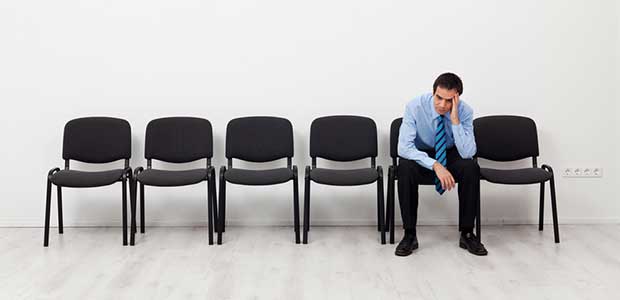
The coronavirus pandemic and its social distancing, work-from-home implications had many experts worry that Americans would become overwhelmed with loneliness. While mental health and loneliness have definitely worsened, people are surprisingly good at staying connected, studies show.
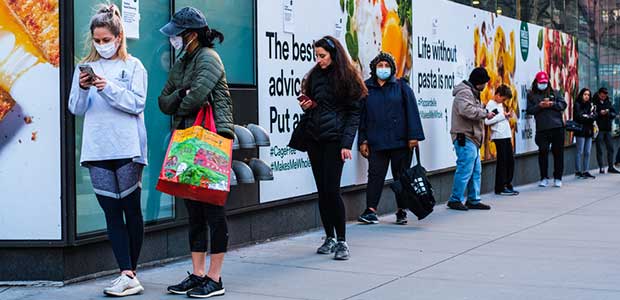
Many states are now enforcing mandatory mask orders to combat rising coronavirus cases across the nation. Mounting evidence suggests masks significantly reduce the transmission of the virus, and experts from the CDC say good mask wearing could mean improvement in two months.